Art by Elizabeth Brummer
“If it wasn’t for the fact that there’s a pandemic in play, London would be utterly glorious.”
Associate Professor Fiona Stewart is among the many faculty and students who returned home to cities around the world to find them cleaner and quieter than ever before. As countries institute lockdown measures and global travel grinds to a halt, cities from Delhi to Taiwan to Los Angeles are reporting significant drops in pollution levels. Animals are popping up in unexpected places and birdsong can be heard in city centers for the first time in years.
But will the change last? Many experts are hopeful that the brief break in carbon emissions will provide an opportunity for countries to introduce measures that will create more permanent changes in the fight against climate change. If not, global warming may continue to create more pandemics like the COVID-19 outbreak.
Clear Skies: The Reduction of Air Pollution
California is the 12th-largest producer of global warming emissions worldwide, with seven of the country’s 10 most-polluted metropolitan areas, according to the American Lung Association. Los Angeles County is number one on that list, and residents like senior Lois Zhou are noticing a difference.
“When I’m taking 405 north or southbound, [it’s] insane — like, there isn’t that cast of gray,” Zhou said. “There isn’t as much fog and smog, and you can actually see the skyline pretty clearly, which is really nice.”
Residents are noticing similar effects all over the state. Silicon Valley, an area in Northern California just south of San Francisco, is known for hosting many of the world’s tech giants and ranks at number eight on the list of most-polluted regions. The county is under one of the strictest lockdown measures in the state, and pollution levels have consequently plummeted as a result of the county’s once-clogged freeways becoming suddenly deserted.
“I’ve noticed the sky is a lot clearer and much more blue,” said senior Silicon Valley resident Nicole Favre. “Being higher up, you can see much farther than you used to be able to, which is beautiful.”
But it’s not limited to blue skies and sunshine: Less pollution in the air means more stars are visible at night. While Malibu’s remote location and strong winds keep skies relatively clear on a normal day, senior Hannah Arledge said night skies are where she has noticed a difference.
“It’s been clear at night, [so] the stars are pretty clear,” Arledge said. “I can definitely see just more of them in general, especially if you drive up a little bit toward Point Mugu.”
Even in LA, stars are visible despite ambient light.
“I definitely see more stars at night,” Zhou said. “Last weekend, I came home really, really late. And you can definitely just see more of the subtle stars. It’s … a dusting of light, which is always something really refreshing. [I] credit that to the clearing of the smog and less light pollution.”
The other side of the globe has experienced an even more dramatic reduction of air pollution. East Asia has the worst air quality in the world, holding the global record in concentration of PM2.5 — the deadliest fine particle pollution — according to the World Health Organization. This is due to megacities, transportation and industry throughout several countries, China in particular.
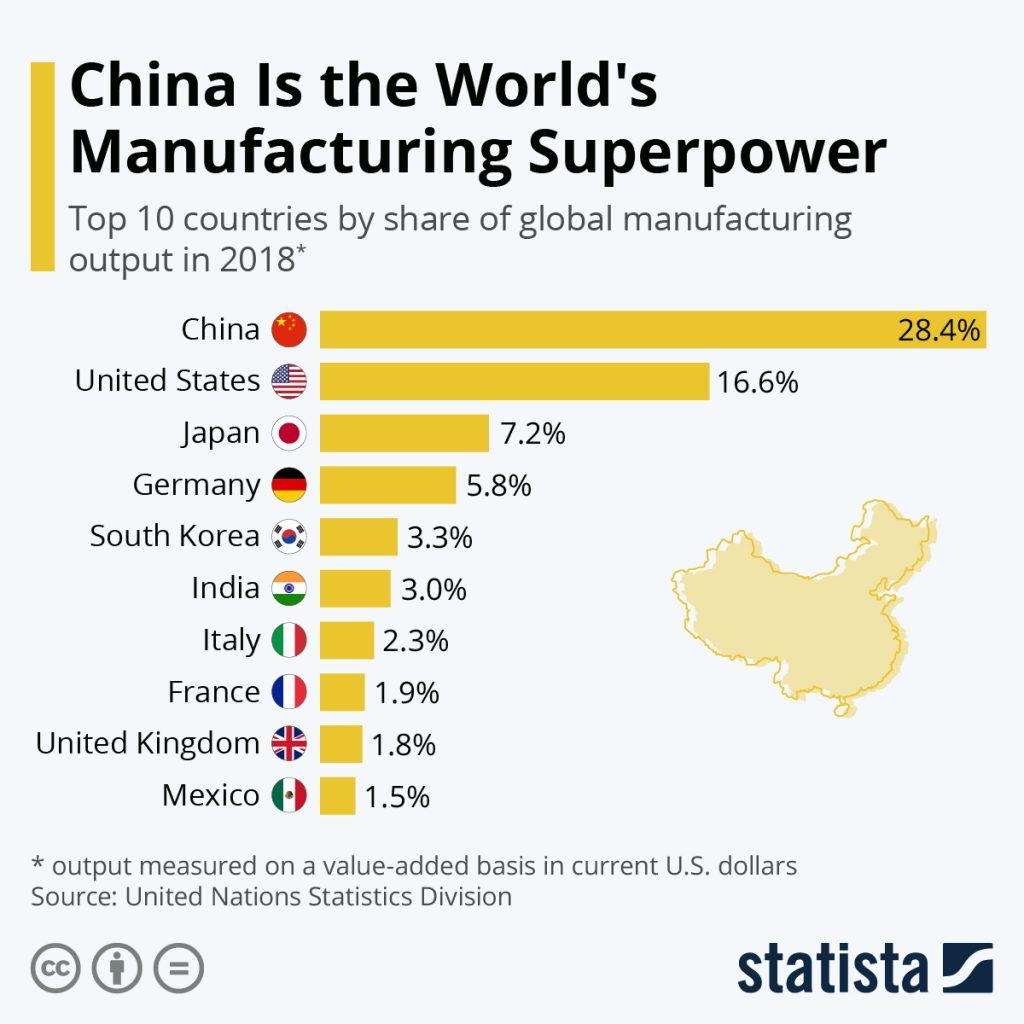
According to the United Nations Statistics division, China accounts for 28% of global manufacturing output, making it the global leader in manufacturing. To claim and sustain this title, China has over 2.8 million factories. Pollution from these factories is an ongoing source of tension in East Asia, as winds carry fine particulates into neighboring countries such as South Korea. Roughly half of the air pollution in South Korea is blown in from China, according to an ongoing study from NASA, contributing to air quality in Seoul that is almost three-times worse than that of New York City.
“We have this ‘microdust,’ we call it, air pollution-wise,” said senior and Seoul resident Andrew Lee. “During this coronavirus season right now, it’s really great because all the Chinese factories are closed down. [Normally] it’s actually really bad because you don’t really see a blue sky like in California.”
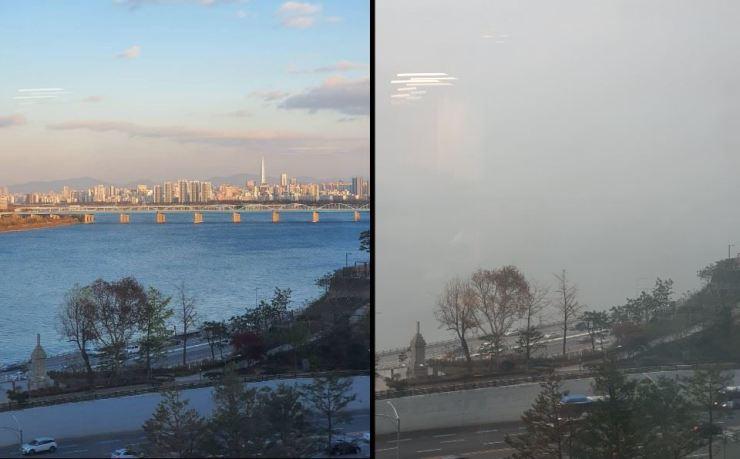
Other countries across the region report similar phenomena; junior Hannah Tu saw a difference with her skin when she returned home to Taipei, Taiwan.
“The air pollution here [is usually bad] because we’re really close to Beijing and all those big factories in China,” Tu said. “I personally noticed [the lower pollution] because I have very sensitive skin, and so whenever I come back home, I’ll have a [breakout] … whereas if I go back to California, I have clear skin. But this time when I came back — and I’ve been waiting for that breakout — it has not happened yet for three weeks, so you can see how clean the air is.”
In a surprising turn of events, a recent study by Stanford University’s Earth Systems Professor Marshall Burke estimates that COVID-19 has indirectly saved the lives of 77,000 people in China alone by reducing air pollution so significantly.
In light of the notable reduction in emissions, both Christopher Doran, founder and coordinator of the Sustainability minor, and Distinguished Professor of Biology Stephen Davis expressed hope that the present crisis could be an optimal turning point for countries to switch to more sustainable energy sources.
“Some have argued that we should be using these moments to show that we don’t need such a carbon-intensive lifestyle and it’s not necessary to survive,” Doran said.
Davis echoed his views, posing the argument that clean energy investment is much more efficient and wiser than investment in fossil fuels. If more countries and institutions adopted green energy, it would not only be less expensive, but it would create more jobs than the fossil fuel industry.
“If we have the fortitude and the wisdom to as a group — through policy, through political process — to invest in a more efficient use of energy, that will also lessen pollution, and those are the things that your friends, your colleagues, your fellow students are seeing — definitely in the cities with fewer cars, fewer industrial plants,” Davis said. “The air is cleaner, the streets are less messy and wouldn’t it be wonderful if we could continue in that trend?”
Sound Check, 1, 2, 3: Noise Pollution and the Empty Streets
Noise pollution is an invisible danger, less quantifiable than visible forms of pollution and thus often disregarded. However, noise pollution has been linked to high blood pressure, heart disease, sleep disturbances and stress. This disproportionately affects kids; children who live near noise hubs such as an airport or busy street exhibit impaired memory, attention level and reading skills, as well as general stress.
Most people rarely notice the effects of noise, but with all traffic coming to a sudden halt, people from around the world are reporting unusually quiet cities and a pleasant uptick in natural noises such as birdsong. In an Atlantic article, author Marina Koren cites a spike in Twitter searches for “birds are louder,” signaling just how many people across the globe are experiencing an unprecedented quiet in their normally bustling cities.
Stewart, whose London flat sits directly in the flight path for the Gatwick and Heathrow airports, is enjoying the quietest version of the city she’s ever experienced.
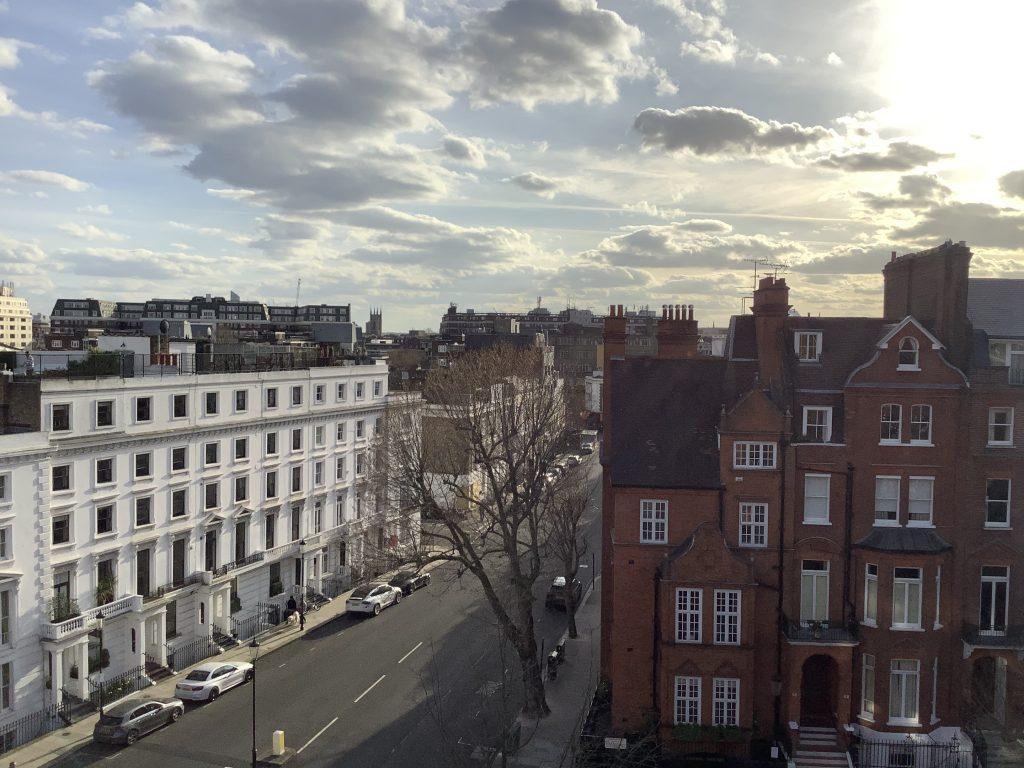
“The place is definitely quieter,” Stewart said. “There’s less noise, be it from cars or planes, which is quite pleasant. Christmas Day is when it typically quietens down most, but this is quieter than Christmas Day. So you’re getting the chance to enjoy the city without all the things that … can often be stressful.”
In Fragene, a small Italian town outside of Rome, senior Filippo Margheritini noticed a similar quiet, broken only by the balcony singing the country has quickly become famous for.
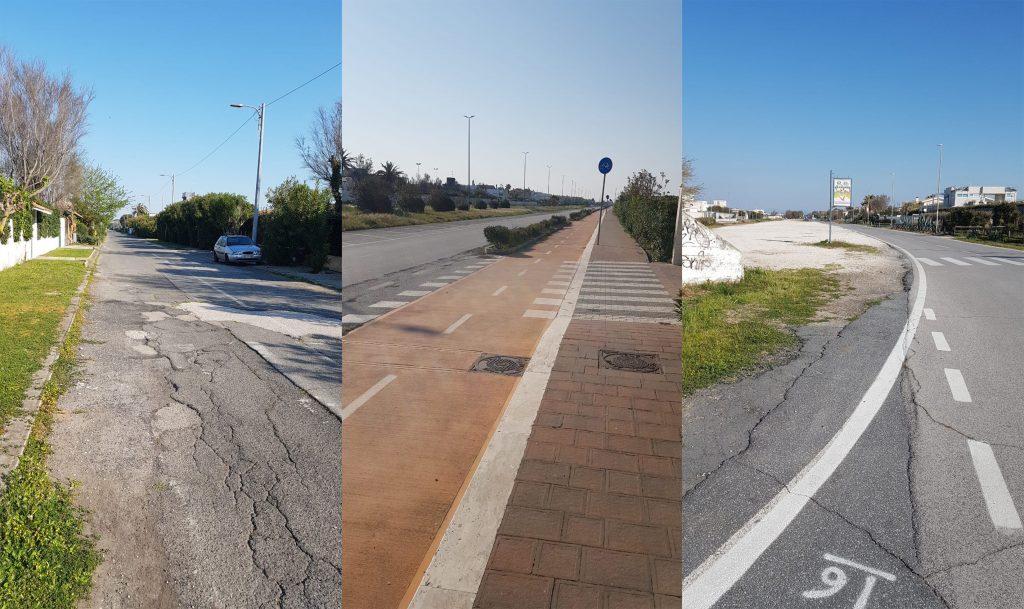
“I live toward the outskirts of Rome, and you would expect there to still have a lot of cars passing because that’s basically one of the main ways to get in or out of the city — but almost none are there,” Margheritini said. “It’s [also] really close to the airport, so on a normal day, you would hear planes probably every 10 minutes, five minutes, depending on the time of day. But now, there are literally three or four planes that come a day — even less, probably. The only thing that you can hear is the [singing] or, like, all the crazy things that they do at 6 p.m., from the balconies.”
Across the world in Taipei, Taiwan, a city boasting over 2.7 million residents, Tu also noticed a dramatic difference in noise levels. Tu explained that in Taiwanese culture, it is common to eat out for every meal, and the night markets are usually extremely crowded. To see them empty now feels unnatural.
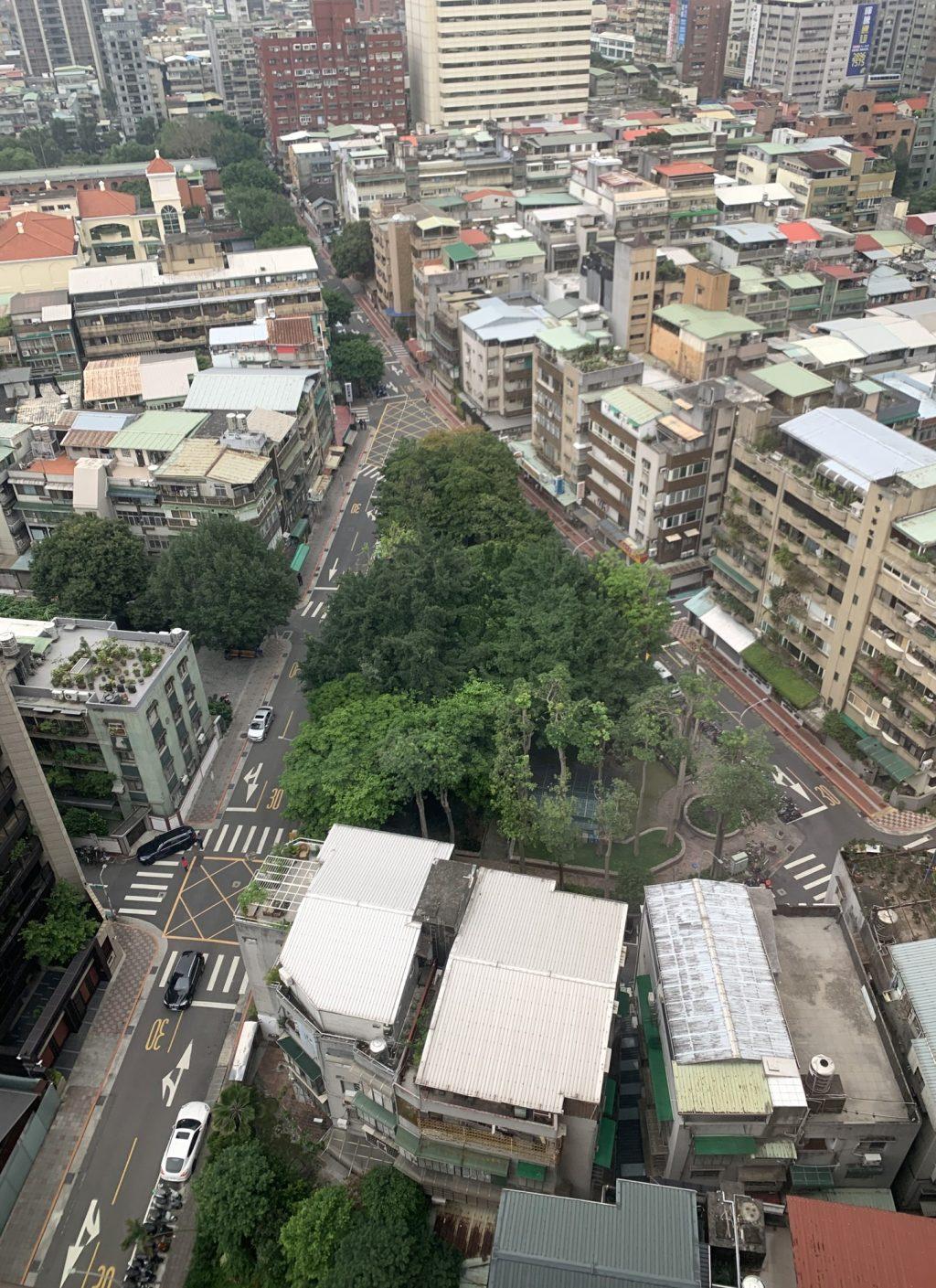
“When you go on the street, and then you go to night markets, you don’t see a lot of people anymore,” Tu said. “Usually it’s very, very crowded, but it’s not anymore. You can actually see the ground. In the past, you couldn’t, but you can actually see the floor right now as you walk through the night markets.”
From her family’s apartment on the 21st floor, Tu is close enough to the city center to see Taipei out her window, a crowded location that usually means the day is filled with the sounds of street traffic. The most common form of transportation in Taiwan is motorcycles, which often have deafening engines. With the streets now clear, Tu hears birds during the day for the first time ever.

“It’s not normal — being in the capital, you know — to hear birds sing all day,” Tu said. “Usually it’s the cars and motorcycles … you can hear the sound of motorcycles every single day. But right now, all I hear are birds.”
The Science: How Pandemics are Connected to Climate Change
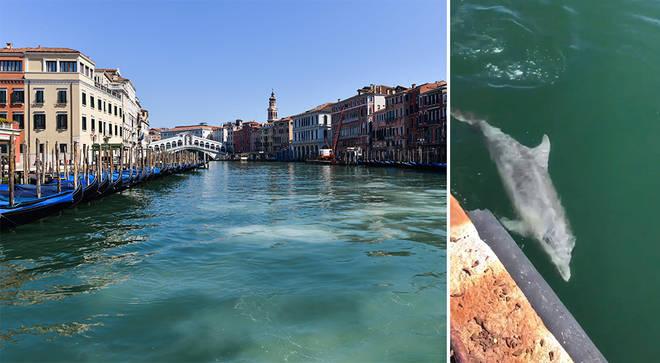
Social media is abuzz with pictures and videos of fish and dolphins returning to Venetian canals, deer taking over the streets of Nara, Japan, and an assortment of animals wandering through deserted town squares. There was a viral sensation March 31 when a “Wild Goat Gang” of 122 Kashmiri goats took over a town in northern Wales, eating every hedge and flower bed in sight.

Doran cited these examples as evidence that non-human creatures are quick to adapt, but he said these events are not enough to slow the loss of biodiversity.
“We are in the sixth extinction event of this planet, and we know it’s being caused by humans,” he said. “So biodiversity loss is still going on, regardless of weather.”
Doran also noted that it can sound insensitive to talk about policy or even climate change when the pandemic has brought so much tragedy, but the urgency of the issue necessitates action to prevent more pandemics like this one from occurring in the future.
“We are very certain that pandemics like this will come and go as [the] climate gets warmer, because the zones for malaria and other types of equatorial diseases will expand,” Doran said. “And that only gets worse when other creatures start migrating.”
While most of the events are harmless, animals showing up in places they haven’t been before is both a side effect of climate change and a likely source of disease outbreak.
“We see these kind of cute, cuddly things show up in places that we would not expect.” Doran said. “So again, it could be an opportunity for us to think about some really important things, [like], why are we deforesting so much of the planet? The more we deforest, the closer we get to creatures that have viruses and things that we have never been close to before [and thus] don’t have any immunity to.”
Davis echoed the connection between global warming and pandemics such as COVID-19, emphasizing the need to apply the urgency from current pandemic responses to the fight against climate change.
“We’ll have more problems with feeding the world and [more] epidemics,” Davis said. “And those are longterm events, but they’re driven by physical phenomena. They’re undeniable. They will happen. If we delay action, then we could easily run into an exponential growth that we can’t keep pace with.”
As people see tangible changes with their own eyes, Doran is hopeful that it will inspire individuals to question current societal and industrial norms.
“Climate change is only going to make these things worse,” he said. “We should maybe take some opportunities to say, ‘I like hearing birdsong, seeing dolphins, seeing deer running around in weird places.’ Maybe we should ask some better questions, like, do we think that’s important? Or do we really want to just go back to a place where we’re breathing bad air and we never see creatures again? How do we think about [what] we want our society look like after this?”
Reducing or Reassigning the Problem?
Less traffic on land, air and sea has undeniably decreased carbon emissions, but with the increased use of disposables goods, has the world traded one problem for another? Doran explained the issue: For years, the U.S. shipped millions of tons of plastic waste to China to recycle — about seven-million tons per year. But in January 2018, the Chinese government banned almost all waste imports amid concerns about land and water pollution. Now the U.S. struggles to keep up with American plastic usage, which is only expected to increase during the pandemic.

“In a post-pandemic world, we’re going to have lots of trash for a while, because people are likely not going to feel comfortable using things that they used before,” Doran said. “So if we’re going to continue to use plastics in this kind of way, maybe we need to have a larger conversation about how do we actually recycle them?”
However, that doesn’t mean disposable items like gloves and masks are a bad idea, according to Davis. Stemming transmission of the virus and saving lives should be the priority, but the current dilemma is an opportunity to bring the discussion of waste disposal to the forefront of American attention.
“It is true that often, where you adjust in one place, it would cause a shift to another,” Davis said. “So disposable items and plastic … is sort of like triage priority. [The] ultimate importance right now is really to control the transmission of [COVID-19].”
The Future: Hopes, Fears and Speculation
With the unprecedented scale of the COVID-19 pandemic, speculation about the future is just that: speculation. But what most sources agreed on is that the world will emerge changed. In an immediate sense, it will take time for people to adjust back to a fairly normal routine, and many habits from the quarantine will likely carry over.
“I think people are also going to be more intentional with what they do when they exit the house, which I hope is a good thing down the line,” Zhou said. “Seeing the world kind of recharge and … fix up its battery hopefully is a strong enough visual for people to really feel connected to it.”
Davis is also optimistic that many of the practices individuals have adopted in response to the pandemic can carry over to more permanent change.
“I’m hopeful,” Davis said. “All of those adjustments in the way we live are helpful. They all contribute and add up to something very significant.”
Since Malibu closed all hiking trails in the area, Arledge said she looks forward to when she can return to nature.
“I’m sure in a month after all of this is done and when we go back out on the trails and stuff, they’ll probably be really beautiful and overgrown and not touched by people in so long,” Arledge said.
Zhou, as an extrovert, said she struggles not to go stir-crazy during the quarantine. Nonetheless, she is excited by the positive environmental impact she sees in the LA area.
“Nature is kind of performing its own recycling program,” Zhou said. “I hate being inside. It’s terrible. So draining. But [it’s good] knowing the world is so interconnected, and it’s still very much alive. We don’t see it as much but, you know, Mother Nature, she knows what’s up. She knows how to handle things.”
Thinking about the longterm effects, Doran and Davis were quick to point out that while there have been a few steps in the right direction because of quarantine measures, the international community needs to do more to curb global warming moving forward to prevent worse events from happening in the future.
“Climate change is not taking a break,” Doran said. “It’s good that we’re not polluting as heavily, but it’s not like the laws of physics are saying, ‘Okay, it’s really bad for humans right now, so we’re just going to suspend the laws of physics for a while.’ We’re going to continue to have sea levels rising, deserts continuing to expand. And so [this is] a gigantic opportunity to have some really tough conversations.”
Doran expressed concerns that in a rush to recover economically, the world will default right back to destructive operations. Such a critical juncture in modern history provides a compelling opportunity for reform.
“It’s going to take a while for people to get used to returning to, you know, normal,” Doran said. “But if we just decided to try to ramp up the economy by turning up the carbon emissions again, we only accelerate what is a difficult problem, making it even just tremendously worse. And we lose the opportunity to reconfigure some of our infrastructure issues that are so carbon-intensive now but we realize aren’t necessary.”
At the Pepperdine level, Doran said he would love to see the university put more of an emphasis on sustainable measures. In the handful of times he has been to his office on campus since the shelter-in-place protocol went into effect, he was surprised to find all the lights on and the air conditioning on full blast despite the lack of occupants.
Outside of just pandemic measures, Pepperdine’s renowned international programs are vastly carbon-intensive, but there is almost no education for students on how their travels impact the environment. The current disruption to normal operations could provide a chance for the university to address some of these concerns, according to Doran.
“It’s a terrible crisis, [but] in American history, oftentimes crises are used to change things pretty radically,” Doran said. “I would hate to for us as an institution to not use [this] as an opportunity to look at some things that we do seriously and ask, why are we doing it in that way? And stop being so cavalier with our resource consumption.”
Davis expressed hope that this pandemic will serve as a wake-up call to inspire global change.
“Students can think about … what we [can] learn from this event that will allow us to address long term events in the future for all life on this planet,” Davis said. “Let’s focus on solutions that are creative, original, that hadn’t been thought of before.”
Pepperdine students are the perfect people to be part of that solution, according to Davis.
“That’s what Pepperdine students [are] capable of doing,” Davis said. “They’re bright, they’re energetic, they’re enthusiastic, they have a passion for helping people, for assisting others. You need to be focusing on solutions and learning from this current event to address those.”
_________________
Email Milan Loiacono: milan.loiacono@pepperdine.edu

